Panasas set for Mach.2 throughput with multi-actuator HDDs
Panasas will allow customers to use multi-actuator HDDs from January when it launches the capability in the new…

Panasas will allow customers to use multi-actuator HDDs from January when it launches the capability in the new…

Panasas® presents PanFS® 10, the latest version of its parallel file system. PanFS 10, which powers Panasasas’ range of ActiveStor® storage devices, has a unique, unshared architecture that now supports Seagate Dual Actuator Exos hard drives with Mach.2 technology, which allows ActiveStor performance to be doubled.

Integration with hyperscaler drives and S3 support fulfills storage requirements for bandwidth-intensive workloads at a competitive price point. PanFS 10 expands support for cloud workflows with S3 compatibility, allowing customers to seamlessly move AI/HPC workloads developed in the cloud to on premise datacentres for optimal performance management.

John Holtz, Director of Federal Sales, Panasas, uncovers the top three HPC systems storage challenges for government agencies and how to overcome them.

Panasas has appointed new sales, alliances, operations, and engineering leaders as incoming CEO Ken Claffey sets out to grow the parallel file system supplier’s business.

There’s no question of the value high-performance computing (HPC) environments provide in supporting bandwidth-intensive applications. Across academia, government, life sciences, and energy sectors, HPC infrastructures are the bedrock supporting the rise of AI/ML workloads that promise to transform our global landscape.

In this Q&A, the new Panasas CEO talks about the company’s direction, how it is branching out and how generative AI will drive adoption of parallel file systems.
Curtis Anderson, software architect at Panasas, a provider of data solutions for high-performance and AI applications, summarizes: “Basically, the GDPR sets consequences for bad behavior of otherwise righteous online organizations, while for data theft and espionage we need ways to prevent actually bad behavior of law-breaking organizations.”

Panasas has revealed that a number of leading academic research institutions are using storage solutions from the Panasas’ ActiveStor® portfolio to support their modern high-performance computing (HPC) environments.

In this podcast, we look at how to size storage for artificial intelligence (AI) and machine learning (ML) workloads that can range from batches of large images to many, many tiny files, with Curtis Anderson, software architect at Panasas.

HPC and AI storage supplier Panasas has listed some academic customers for its ActiveStor products: the Minnesota Supercomputing Institute (MSI), the UC San Diego Centre for Microbiome Innovation (CMI), LES MINES ParisTech, and TU Bergakademie Freiberg state technical university in Germany and Rutherford Appleton Laboratory in the UK. According to Hyperion Research, total HPC spending in 2022 reached $37 billion and is projected to exceed $52 billion in 2026.

By
To gain a competitive edge and ensure optimal performance for your business-critical applications, you must ensure your data storage foundation is up to the task. Jeff Whitaker of Panasas shares five steps to modernize your high-performance computing (HPC) storage.

By Jeff Whitaker, VP Product Strategy and Marketing, Panasas
Many pioneering private and public organizations today are on a fast track to make breakthroughs that will revolutionize their respective industries and research fields. They’re using powerful technology to drive advancements in disease treatments, sustainable energy solutions, manufacturing processes, and beyond.

By Jeff Whitaker, VP Product Strategy and Marketing
Today, modern HPC also encompasses AI, ML, high-performance data analytics (HPDA), and other emerging technologies, as well as expansion beyond the primary data center into the cloud and the edge. To ensure your edge HPC applications are optimized for success, here are seven characteristics to prioritize for successful HPC storage at the edge…read more.

Panasas brings HPC storage to the edge with its new ActiveStor Ultra Edge platform. The storage solution is designed for edge computing environments and is aimed at customers who want to deploy HPC and AI/ML applications at remote locations. Advantages are the lower space requirement and comparatively lower entry costs.

Panasas’s recent announcement of the addition of an edge platform to its family of scale-out NAS came alongside a planned significant move towards the cloud for the company, with native array S3 support coming later this year.

Panasas® announces the launch of its new ActiveStor® Ultra Edge platform, an HPC and AI/ML storage solution designed for edge computing environments. ActiveStor Ultra Edge provides constant and fast access to converged HPC and IA/ML workload data for today’s HPC ecosystem. Performance and capacity evolve in a linear way without limits.

High performance storage company Panasas had an active profile at ISC 2023, highlighting its new ActiveStor Ultra Edge platform, an HPC and AI/ML storage offering for edge computing environments. We spoke with Jeff Whitaker, vice president of product strategy and marketing, on the company’s software-wrapped-around-hardware evolution.

Jeff Whitaker of Panasas adds: “One constant in computing is the tremendous rate at which unstructured data continues to grow. And in the modern HPC ecosystem, the increasing convergence of traditional HPC with artificial intelligence and machine learning (AI/ML) workloads has resulted in massive volumes of high-performance data. Backup of this data is as business critical as it is challenging. The daily rate of file changes is incompatible with operational backup windows, and protection costs can be much higher if organisations attempt to reduce service downtime and I/O impact with existing traditional backup solutions.”

Panasas has halved the size of its ActiveStor Ultra parallel file system node to make a lower-cost edge datacenter box.
The ActiveStor range runs scale-out PanFS, with NFS and SMB/CIFS protocol support, and optimized performance to match workflow needs. The OS protects against drive, node, and site failures. PanView and PanMove services provide data visibility and movement capabilities.

Jeff Whitaker, VP, Marketing and Product Strategy at Panasas, discusses the findings of a recent survey which highlights the challenges associated with storage for high performance applications (both ‘traditional’ HPC and newer AI and ML-related ones). Skill levels, scalability, versatility, cost concerns – both CAPEX and OPEX – and storage management come under the spotlight.

“Our customers require storage infrastructures that can dynamically adapt to a changing mix of both AI/ML and traditional HPC workflows, but also have the capacity to support workflows across core data centers, remote satellite locations, and into the cloud,” stated Tom Shea, CEO at Panasas.

Panasas has substantially evolved their portfolio in the last few years to become much more of a software company, and is working on skilling up their channel further to sell the new solutions.
The storage manufacturer Panasas has presented further products for data insights and transparency as well as for data security and mobility, which complement its PanFS software suite in version 9.3.1. The PanView and PanMove software solutions extend the data management and data analysis functions for Panasas Storage. They are intended to increase the transparency and mobility of resources in companies that use high-performance computing, high-performance data analytics and AI/ML on a large scale.

Two common practices hinder the optimization of data use in the life sciences, writes Adam Marko, director of life science solutions at Panasas. These are data siloing and a practice Marko calls “distribute and delete.”
Distribute and delete is the practice of generating data for external use and deleting it once that data is delivered to its external recipient. Marko notes that life sciences companies may engage in this practice to free up storage space or processing power.

From performing extensive seismic analyses to developing sustainable biofuels, modern energy advancements are fuelled by data. For organisations in the oil and gas and renewable energy sectors, concerns over data volumes, movement, and security continue to grow. These energy companies must be able to store and manage data according to the unique workload characteristics that drive their breakthrough dis-coveries. As such, they need a stable, easy-to-manage, and high-performance data storage foundation that they can rely on.

Survey results show an overwhelming 96% of respondents across the US, UK, and Germany face challenges in building and managing high-performance storage. In addition to over half of respondents (52%) citing specialty knowledge as the top challenge, other key findings.

“We are currently – mostly – able to keep up… by prudent pruning of low-value data and the natural growth in the density of individual drives, along with the growth in the number of those drive. We will almost certainly require progressively deeper and deeper pruning of low-value data to stay ahead of that explosion. If DNA-based storage lives up its promise, we will be able to stop pruning and simply store everything.” – Curtis Anderson.

Curtis Anderson is Panasas software architect and MLCommons storage working group co-chair
AI needs storage… but it needs the right storage
“As more and more organizations adopt AI/ML, their IT teams will need to focus on the practicalities of how to cost-effectively build and manage an infrastructure that can support these powerful abilities and scale for future growth. And if there’s one component of that process that remains especially underestimated and misunderstood, it’s the data storage infrastructure that’s required to support these emerging applications.”
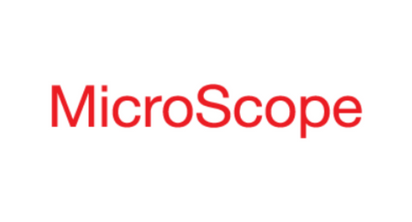
MicroScope gets the chance to find out a bit more about Mike Sheppard, director of channels and alliances at Panasas.
I’m Mike Sheppard, director of channels and alliances at Panasas. I recruit and onboard partners in the high-performance storage space, and I fortify relationships with our existing resellers, distributors, and alliance partners.


HPC, data analytics and AI/ML parallel scale-out file system supplier Panasas has released PanView and PanMove. PanMove tools allow end-users to seamlessly copy, move, and sync data between all Panasas ActiveStor platforms and AWS, Azure, and Google Cloud object storage, and Panasas PanView tools provide comprehensive visualization reports for smarter data management practices. These software tools are the result of a collaboration between Panasas and Atempo.


Panasas, a data storage company, has announced the general availability of PanView and PanMove, a company’s software products designed to improve data visibility and mobility at organisations deploying high performance computing (HPC), high performance data analytics (HPDA), and artificial intelligence and machine learning (AI/ML) workloads at scale.



And what will happen to that data if there is nowhere to store it?
Over to Curtis Anderson, software architect at Panasas, Inc., the data engine for innovation: “We are currently, mostly, able to keep up … by prudent pruning of low-value data and the natural growth in the density of individual drives, along with the growth in the number of those drives. We will almost certainly require progressively deeper and deeper pruning of low-value data to stay ahead of that explosion. If DNA-based storage lives up to its promise, we will be able to stop pruning and simply store everything.“


Having worked as a research IT consultant for a variety of biotech companies, one of the most common issues I’ve noticed is a fundamental disconnect between the IT department and the researchers it supports. Here are three ways biotech companies and research universities can better balance IT demands with researchers’ needs. By Adam Marko, Director of Life Sciences, Panasas


Jeff Whitaker, Panasas VP of Marketing and Product, shares his top five high-performance data storage trends that he sees emerging in 2023.





Panasas introduced additional products for data insights and visibility, as well as data security and mobility, which complement the company’s PanFS software suite. The software solutions PanView and PanMove expand the data management and data analysis functions for Panasas Storage.
With PanView and PanMove software solutions for PanFS software suite expands with visibility and mobility products. Panasas, Inc. announced data insight and mobility products joining its PanFS software suite.




Panasas started getting a deeper involvement with machine learning this summer, and has now decided to pursue the data movement and analytics market. This is a broadening move to bring in AI and machine learning and also high performance data analytics to its core HPC storage activity.
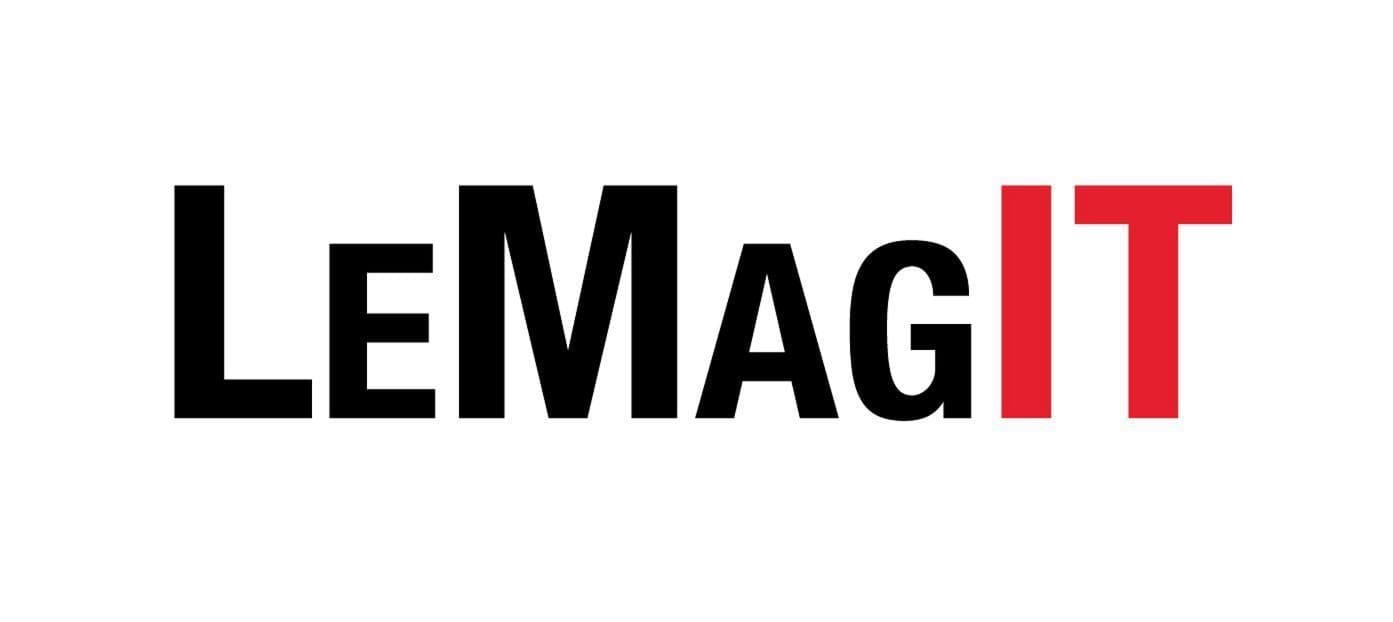









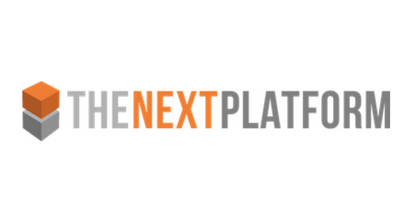











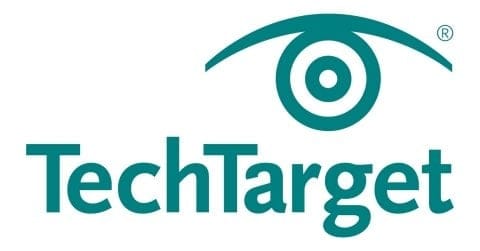








































































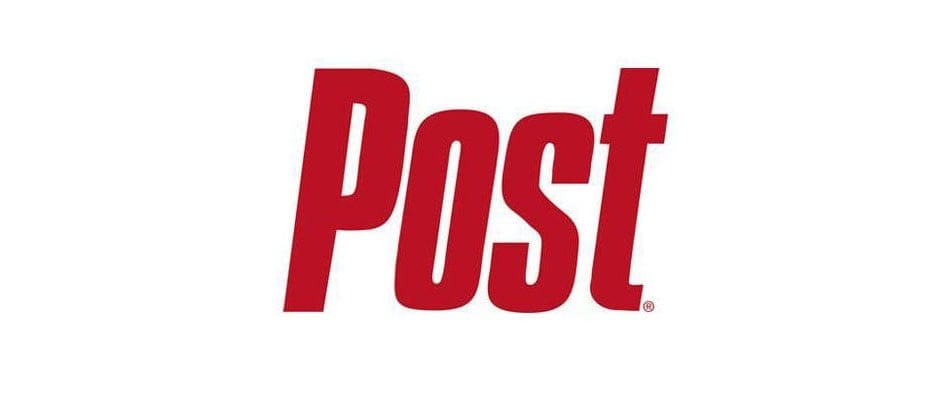


Faye Pairman, CEO and President of Panasas, explains how an approach that combines high performance, reliability and manageability is helping the company go from strength to strength in an increasingly commoditised market.



To meet changing enterprise IT needs, storage admins must acquire a new set of skills. If not, they risk being bogged down in an outmoded, outdated career rut.



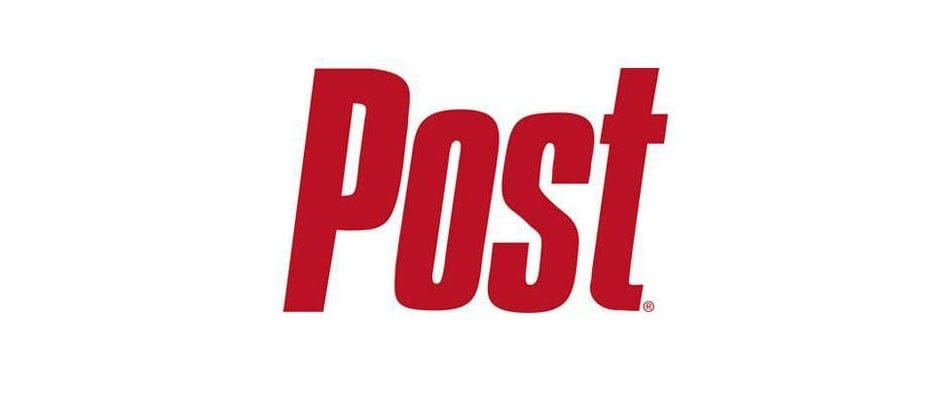

Today the UC San Diego Center for Microbiome Innovation (CMI) announced that Panasas has joined CMI’s Corporate Member Board and has donated a 500TB Panasas ActiveStor high-performance storage solution to support the acceleration of microbiome research. ActiveStor drives productivity and accelerates time to results with ultrafast streaming performance, true linear scalability, enterprise-grade reliability and unparalleled ease of management.

The UC San Diego Center for Microbiome Innovation (CMI) announces that Panasas, a leading provider of performance scale-out network-attached storage, has joined CMI’s Corporate Member Board and has donated a 500TB Panasas ActiveStor® high-performance storage solution to support the acceleration of microbiome research. ActiveStor drives productivity and accelerates time to results with ultrafast streaming performance, true linear scalability, enterprise-grade reliability and unparalleled ease of management.































